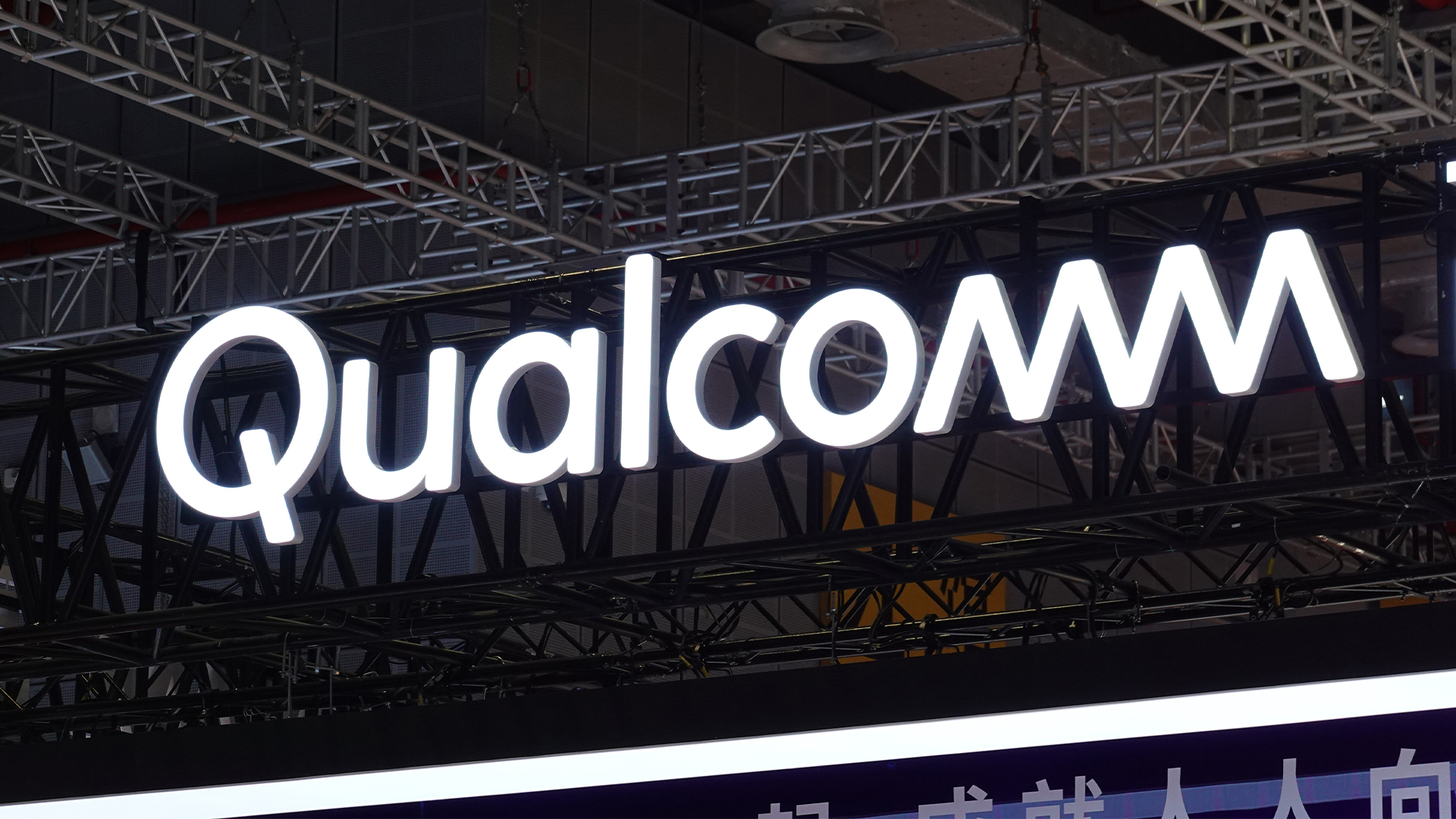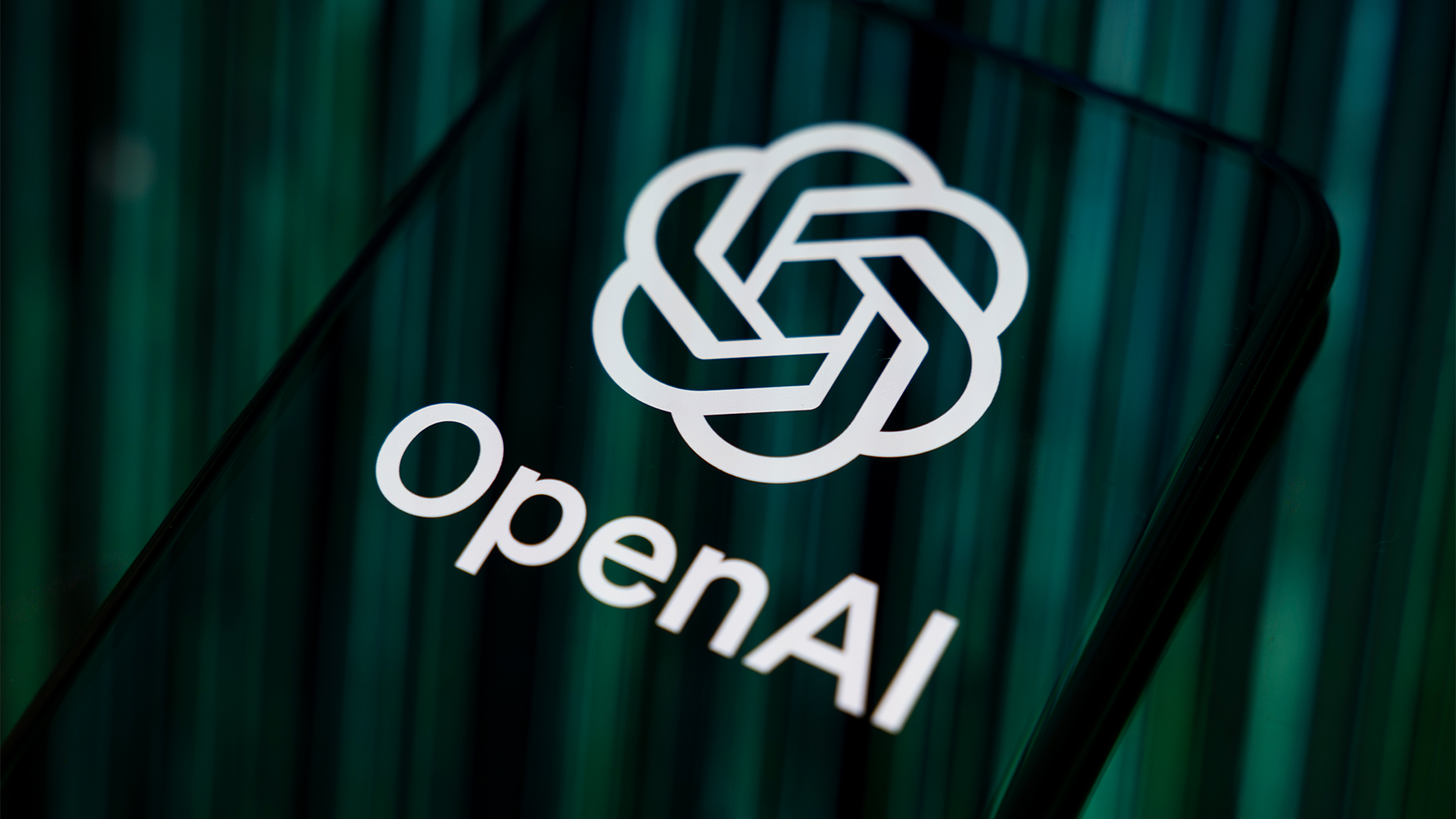Dell PowerEdge R910 review
Dell lays down the gauntlet with the first Xeon 7500 server to market. In this exclusive review we find out whether it’s time to throw out your old RISC based systems.
The R910 is a real powerhouse server suited to a wide range of enterprise and data centre duties. It delivers a classy specification for the price with a sharp focus on reliability and redundancy. Add in the high memory capacity plus the new Xeon 7500 RAS features and you have a solid alternative to costly and proprietary RISC servers.

RAID options are present and correct as the Dell H700 controller can handle all 16 bays if required and includes support for RAID-6 arrays. It also comes as standard with 512MB of cache memory plus a battery backup unit.
Dell was first to add a bootable SD memory card for embedded hypervisors and with both the R810 and R910 it's gone one step beyond as you now get two of them on the same board. Dell advised us that customers wanted redundancy so you can now keep an onboard copy of the boot media in case it fails. However, Dell still only supports VMware's ESXi and not Hyper-V.
There's a lot going on inside the R910 but a peek under the lid shows an excellent design with every key component easily accessible. Dell has made it completely tool-less so you can leave your screwdrivers at home when it comes to maintenance or upgrade maneuvers.
At the front you have eight cold-swap memory modules each with eight DIMM slots allowing the R910 to support the full 1TB. With 64 addressable memory slots there's no need to support Dell's FlexMem Bridge. This feature is only available in the R810 rack server and the M910 server blade which have 32 DIMM slots.
The processors are laid out across the centre of the chassis and topped off with large passive heatsinks whilst cooling is handled by a bank of six 12cms diameter fans behind them. Each fan is hot-swappable but the entire assembly can also be easily removed by releasing a clamp on each side.
The review system came with all four 1100W hot-plug supplies for maximum redundancy but you can opt for 750W models if your hardware expansion plans are modest. And on that note, there's plenty of room for more inside with a total of seven PCI-e slots which can be extended to ten slots with an optional riser card. However, we did find that the distance between the fans and the backplates may not be enough for some full length cards.
Sign up today and you will receive a free copy of our Future Focus 2025 report - the leading guidance on AI, cybersecurity and other IT challenges as per 700+ senior executives
Dave is an IT consultant and freelance journalist specialising in hands-on reviews of computer networking products covering all market sectors from small businesses to enterprises. Founder of Binary Testing Ltd – the UK’s premier independent network testing laboratory - Dave has over 45 years of experience in the IT industry.
Dave has produced many thousands of in-depth business networking product reviews from his lab which have been reproduced globally. Writing for ITPro and its sister title, PC Pro, he covers all areas of business IT infrastructure, including servers, storage, network security, data protection, cloud, infrastructure and services.
-
 Qualcomm the data center with $2.4 billion Alphawave Semi acquisition
Qualcomm the data center with $2.4 billion Alphawave Semi acquisitionNews The move sees Qualcomm absorb Alphawave Semi’s portfolio of custom silicon, high-speed connectivity solutions, and chiplets
By Daniel Todd Published
-
 ‘If software development were an F1 race, these inefficiencies are the pit stops that eat into lap time’: Why developers need to sharpen their focus on documentation
‘If software development were an F1 race, these inefficiencies are the pit stops that eat into lap time’: Why developers need to sharpen their focus on documentationNews Poor documentation is a leading frustration for developers, research shows, but many are shirking responsibilities – and it's having a huge impact on efficiency.
By Ross Kelly Published
-
 OpenAI says GPT-5.2-Codex is its ‘most advanced agentic coding model yet’ – here’s what developers and cyber teams can expect
OpenAI says GPT-5.2-Codex is its ‘most advanced agentic coding model yet’ – here’s what developers and cyber teams can expectNews GPT-5.2 Codex is available immediately for paid ChatGPT users and API access will be rolled out in “coming weeks”
By Ross Kelly Published
